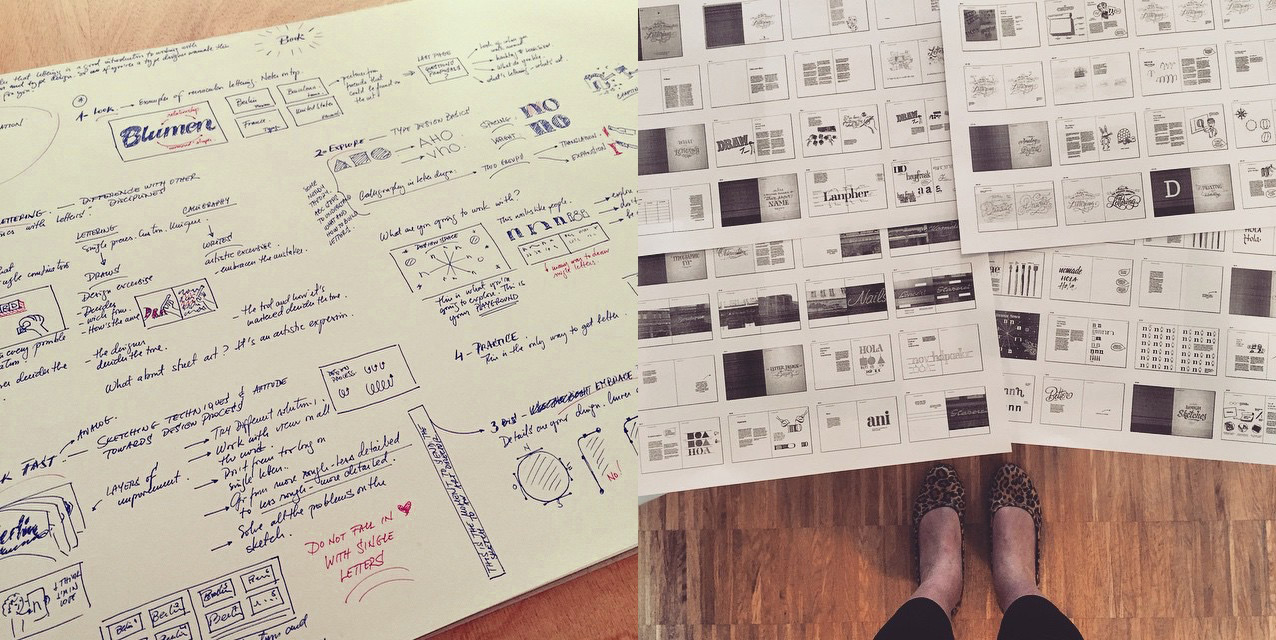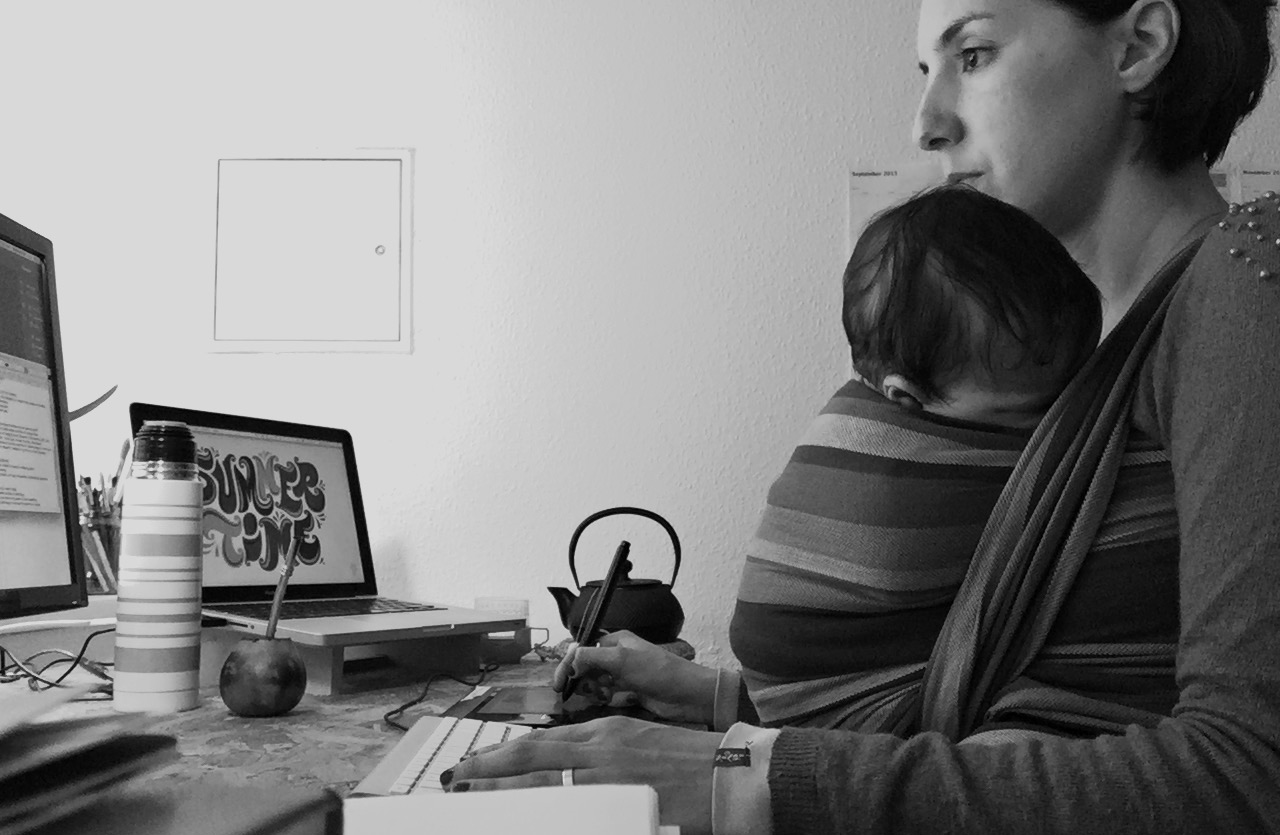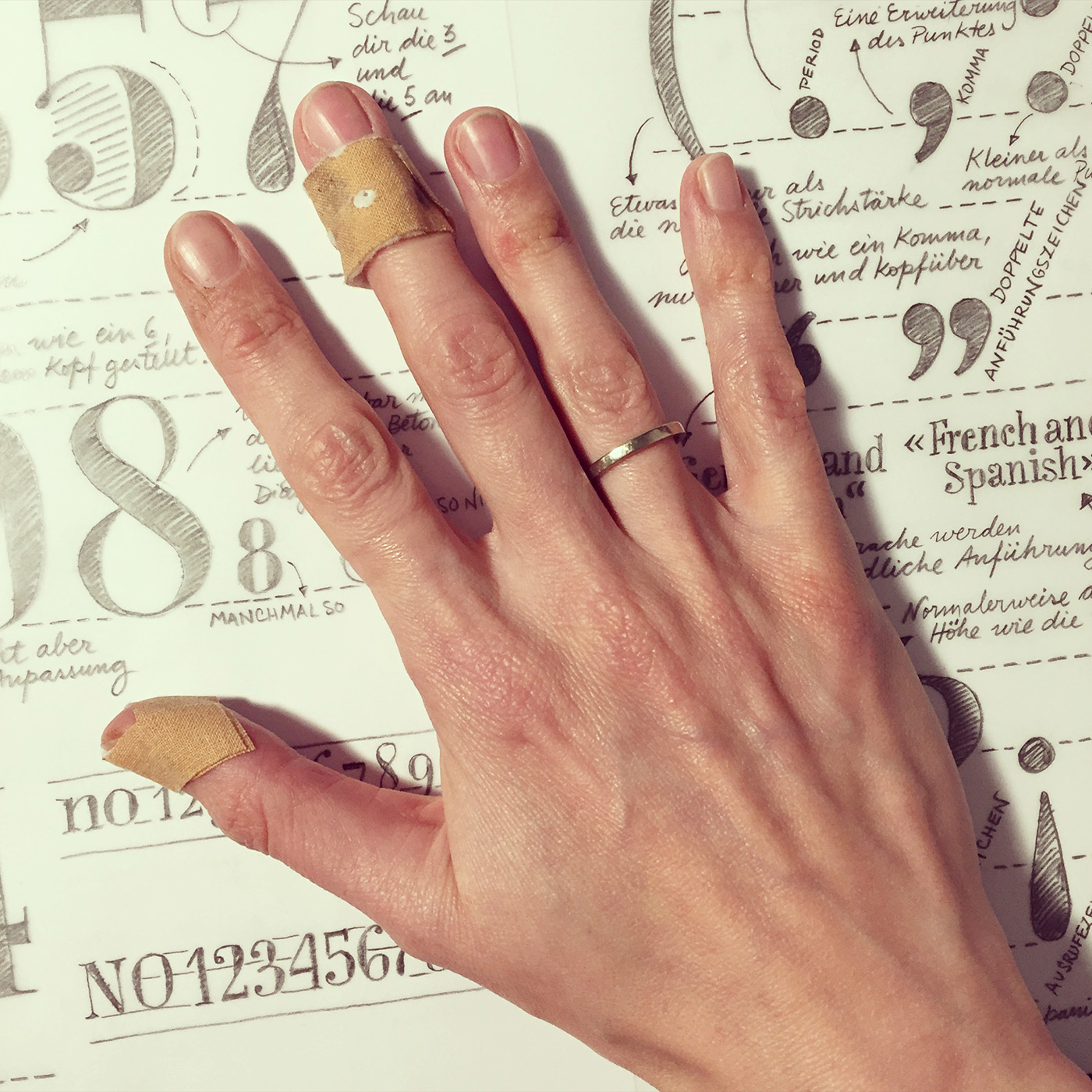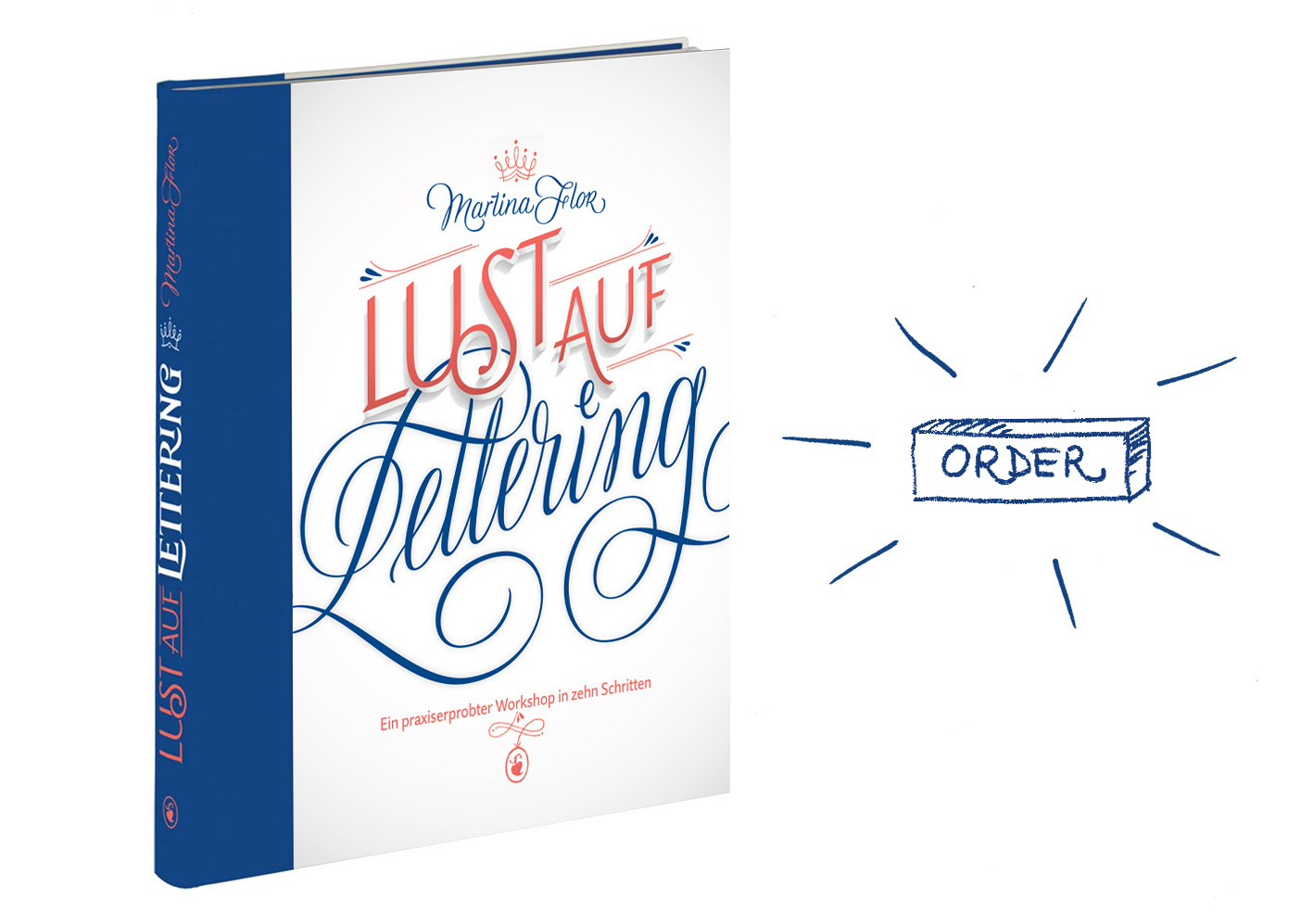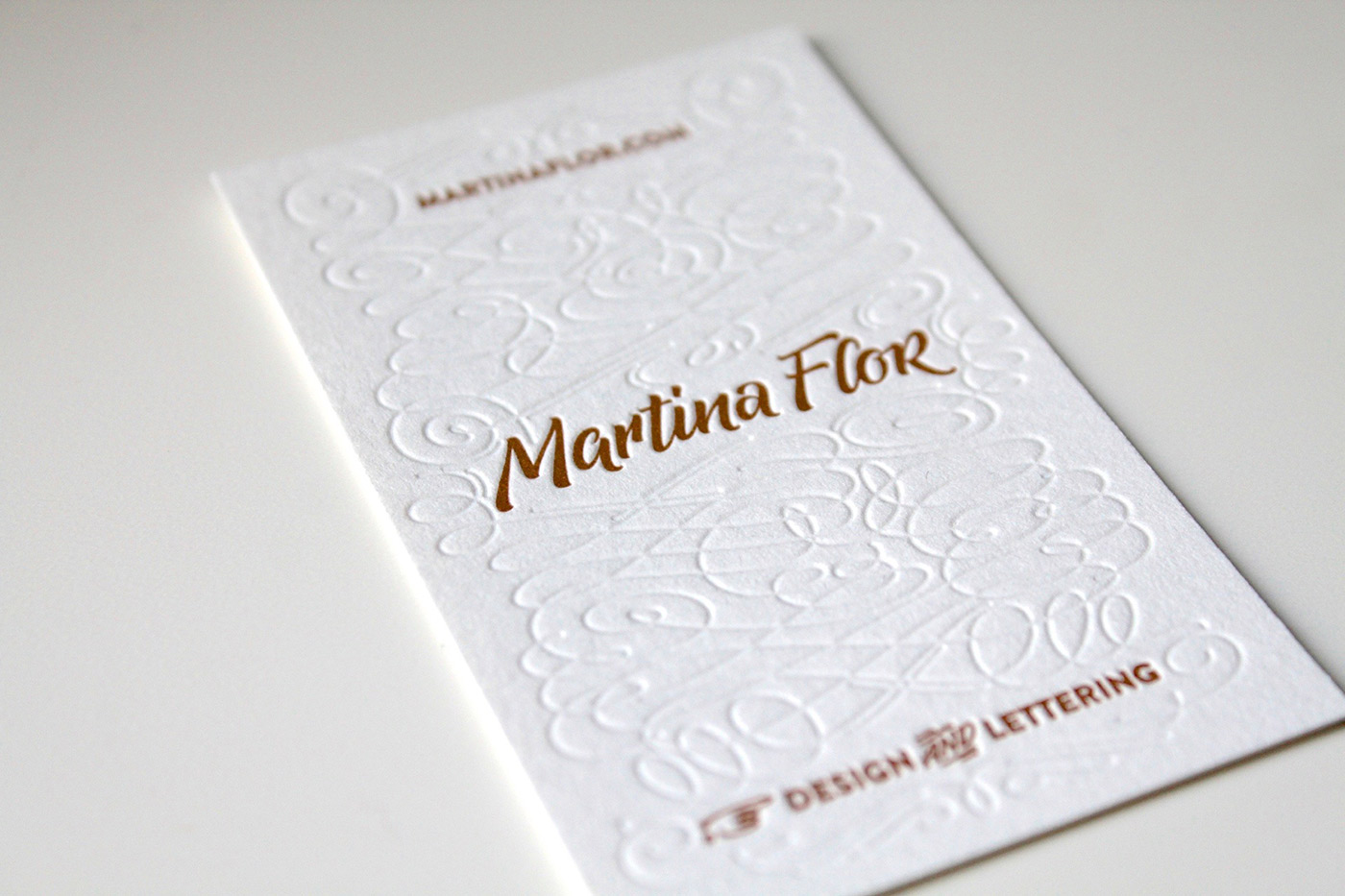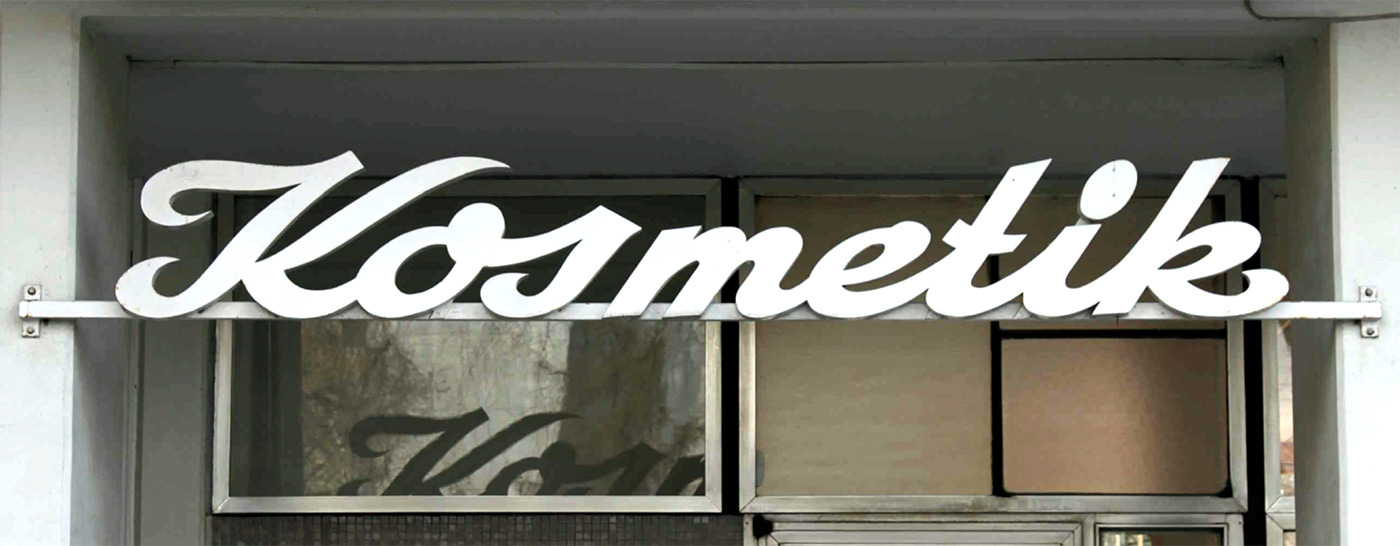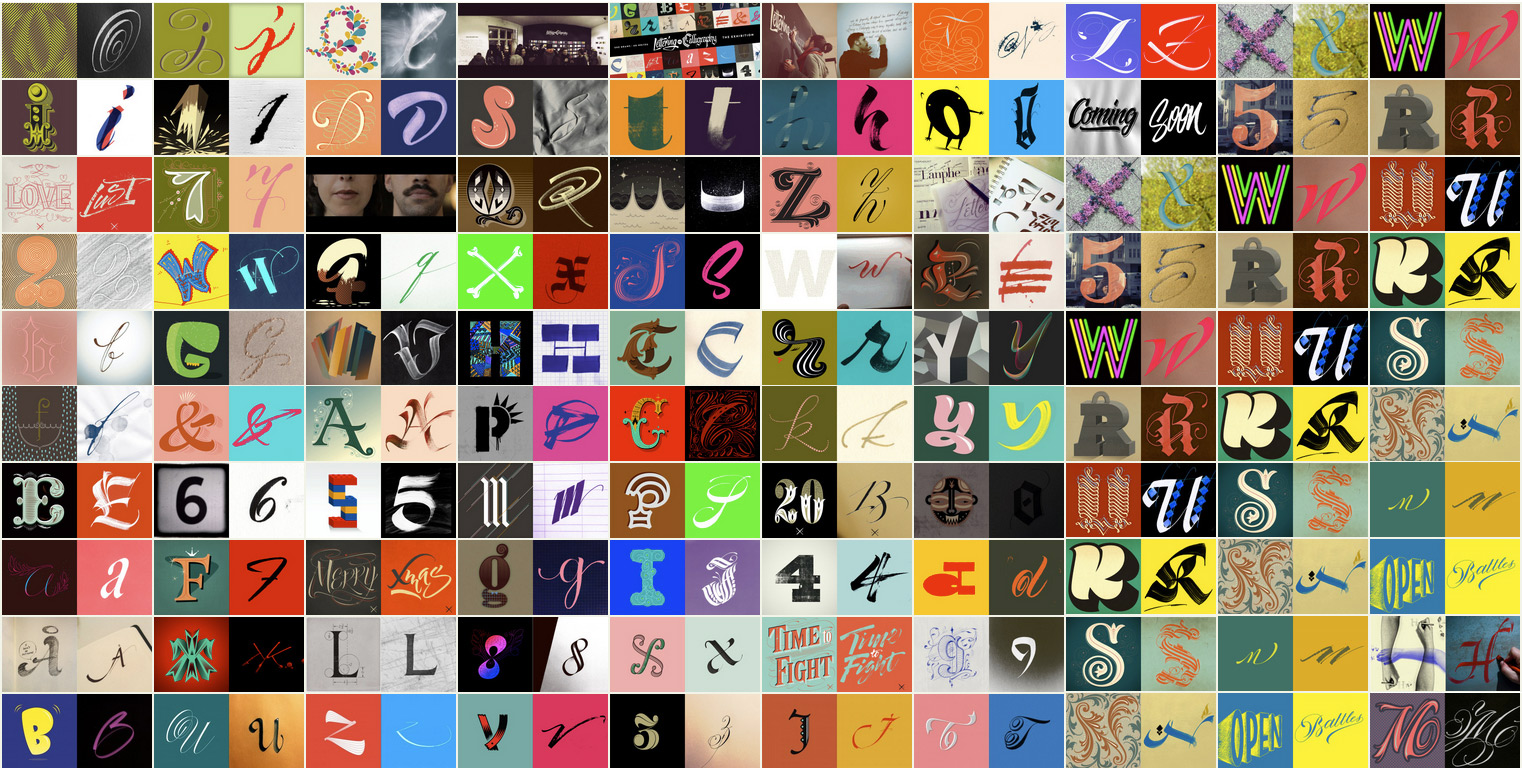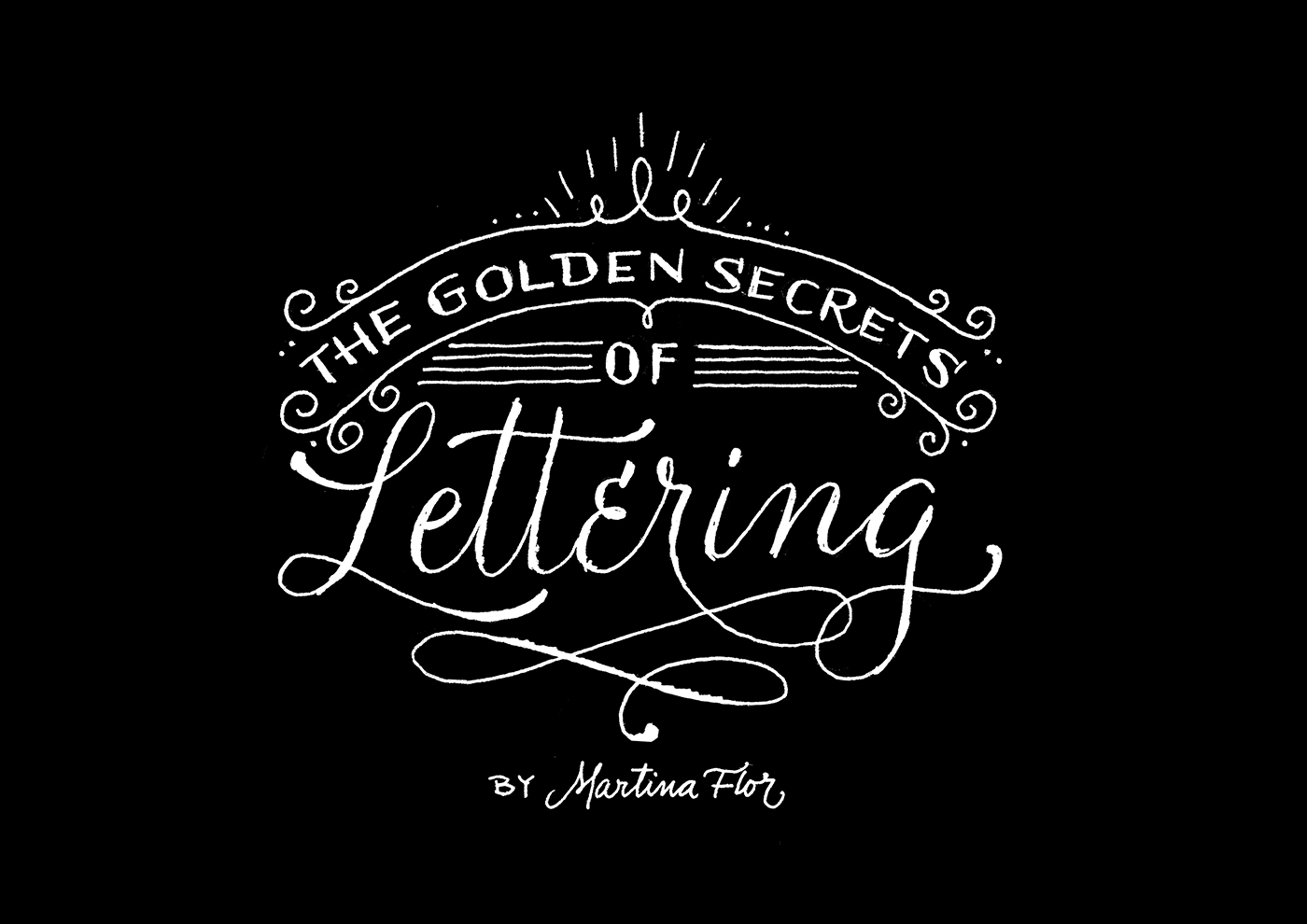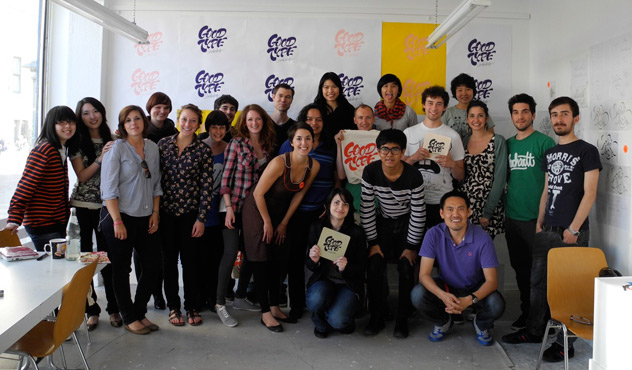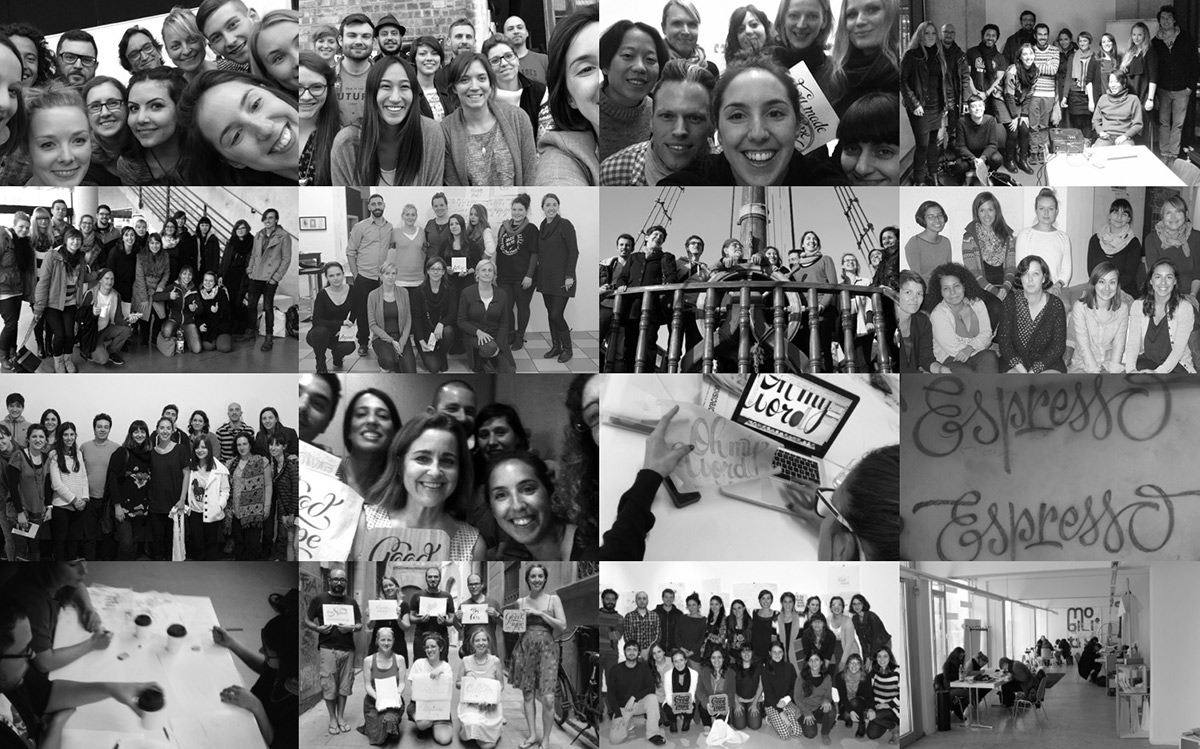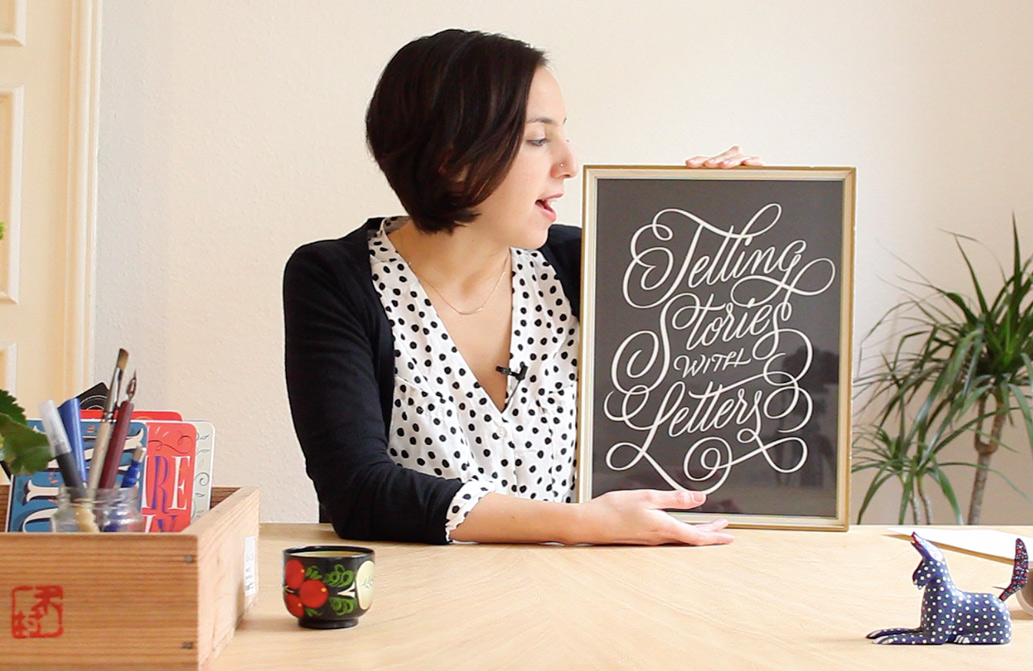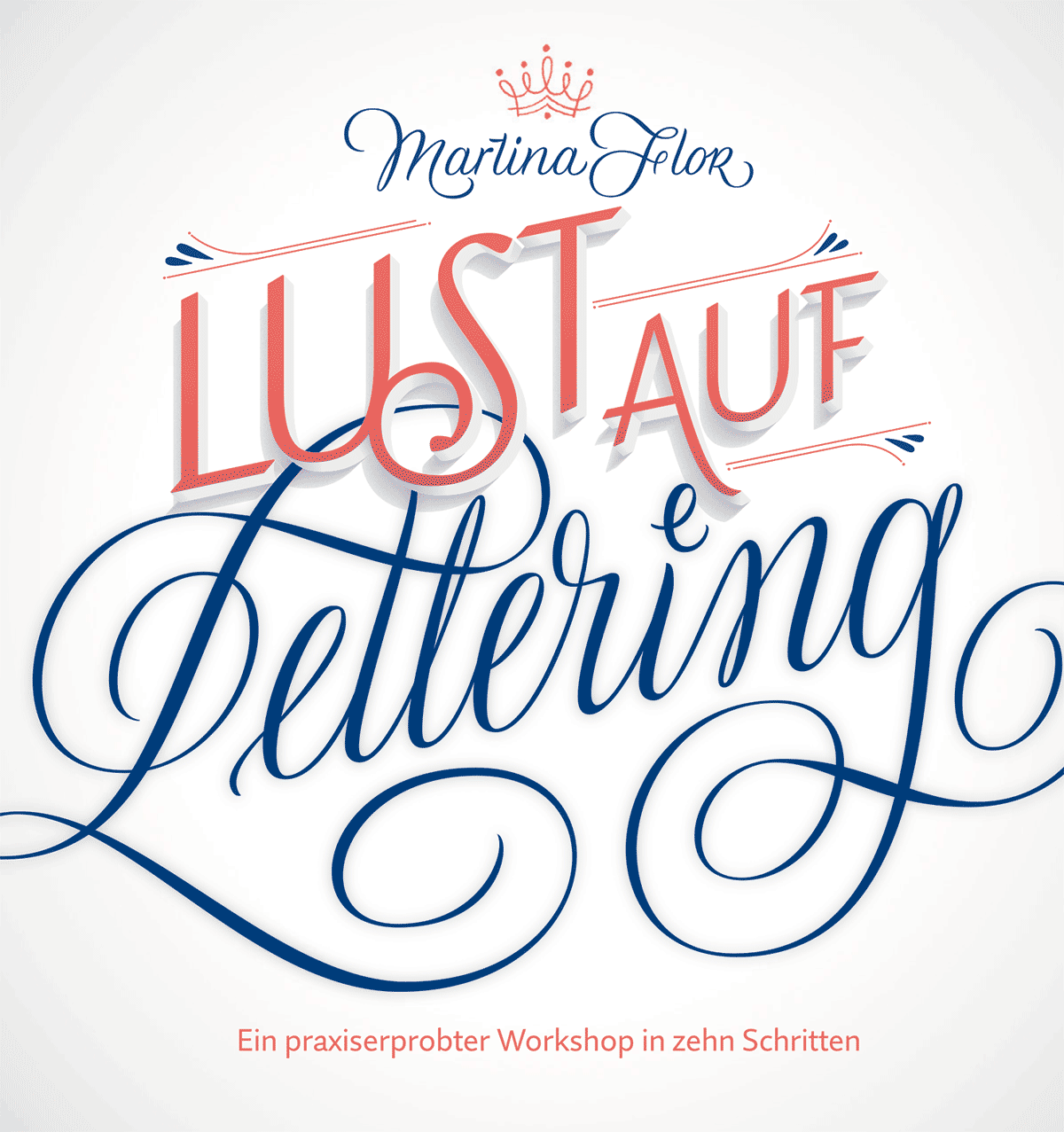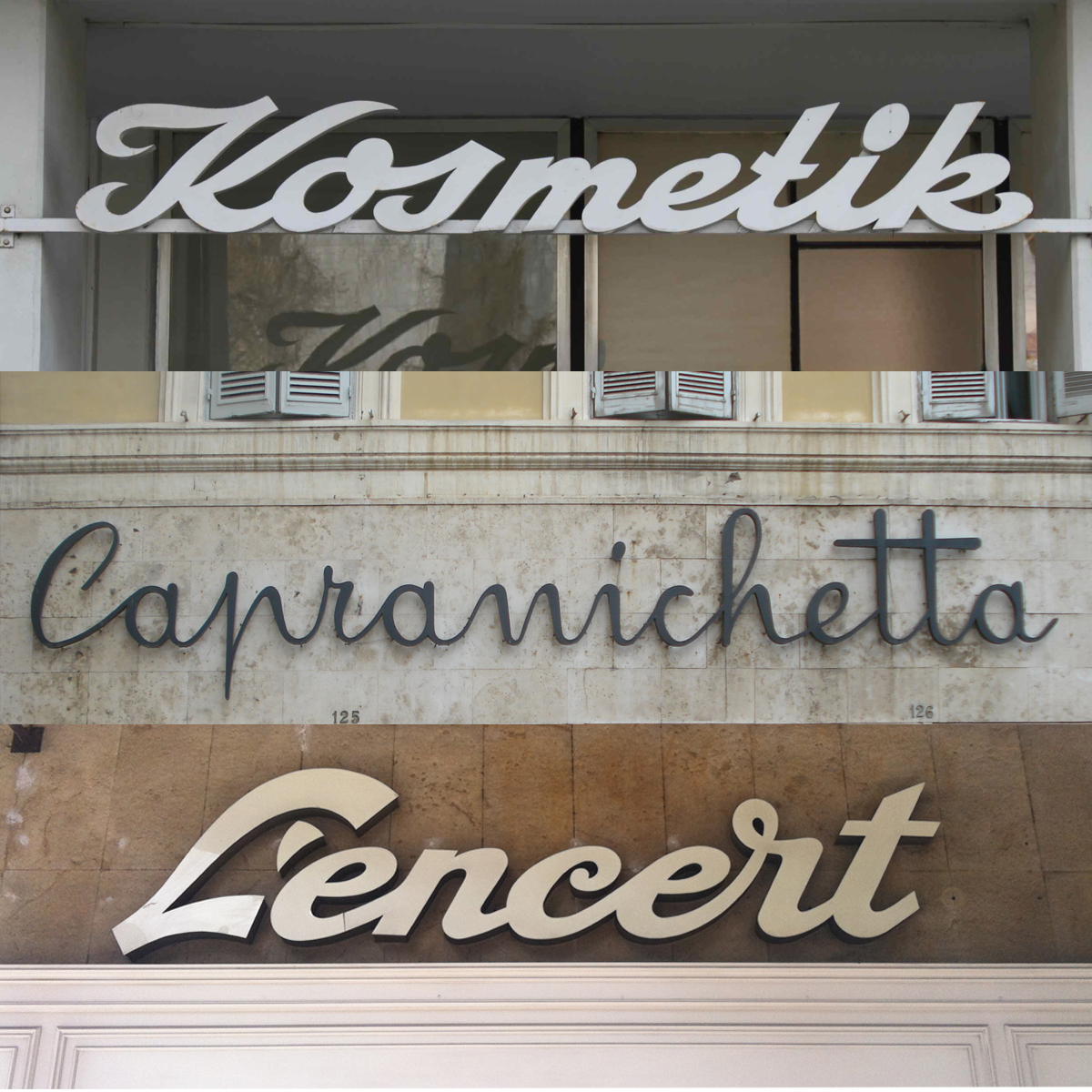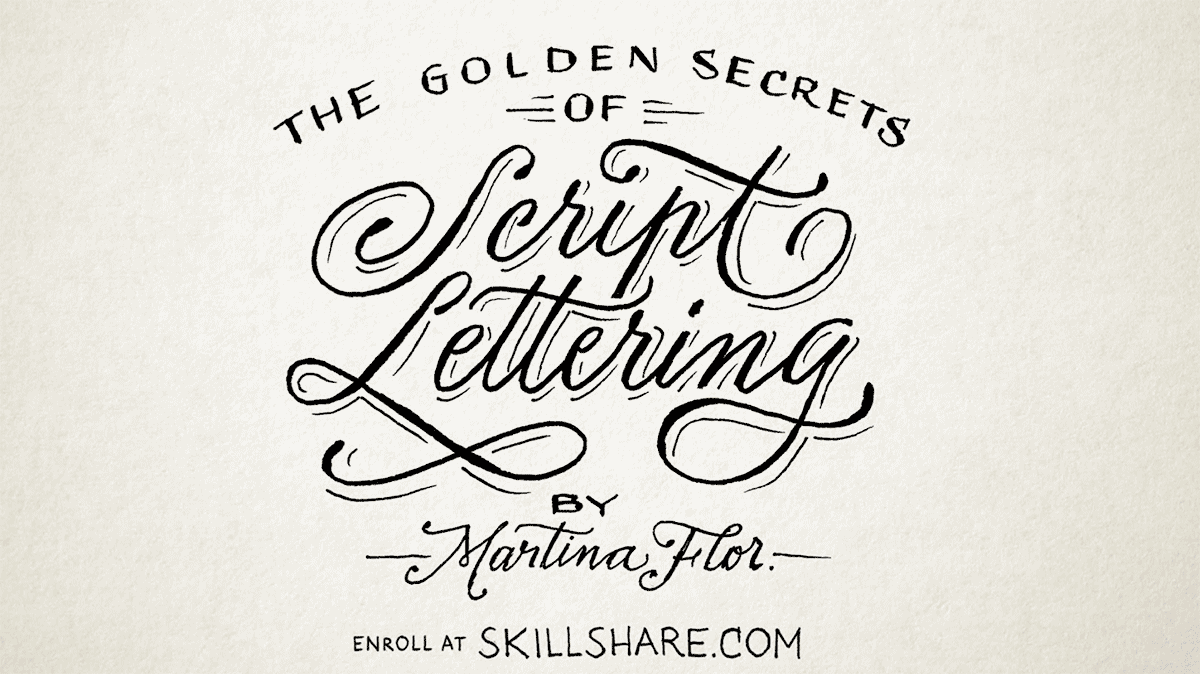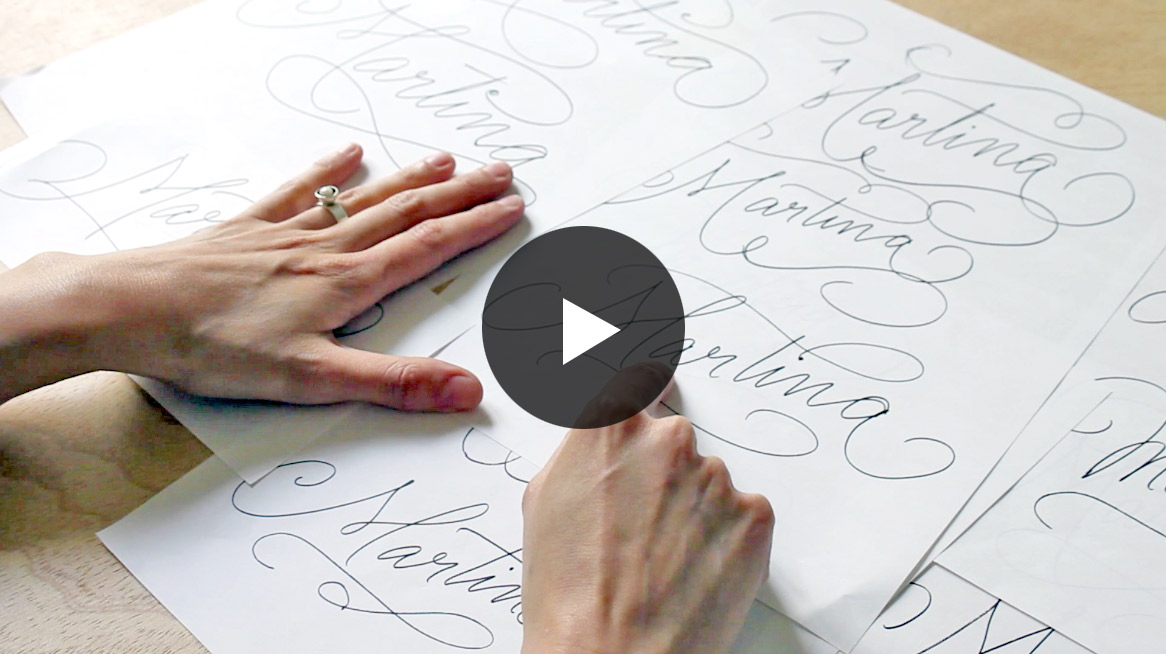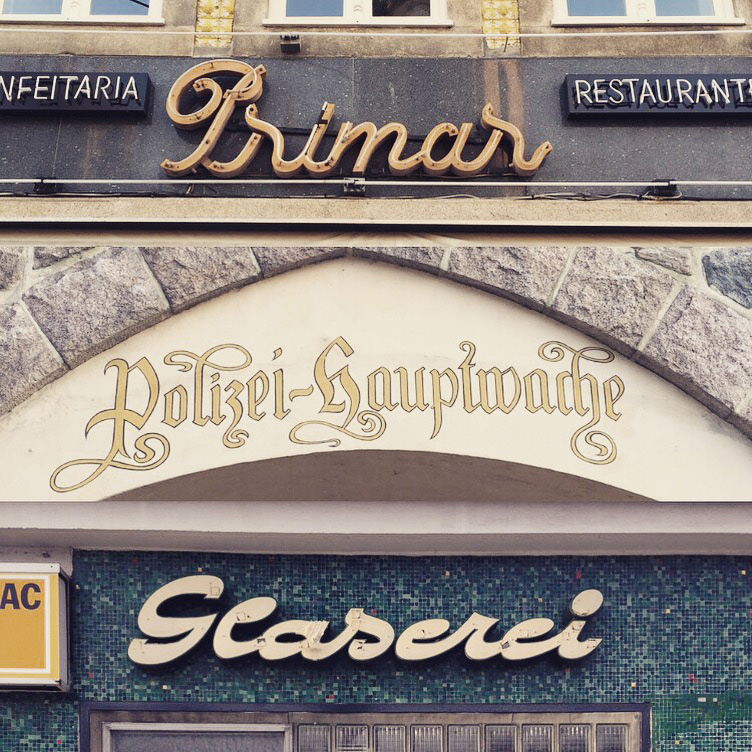Although the combination of rich content and a good presenter are seemingly the recipe for a good presentation, there's infinite ways to make these two work together.
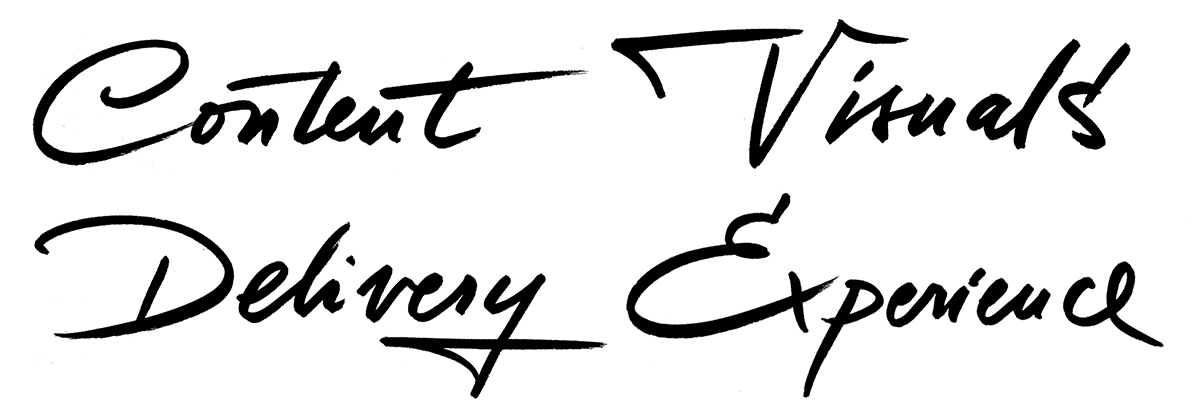
Until the date I have attended a number of design talks with very different profiles: research based, emotional, historical, hysterical, theatrical. Although I couldn't derive a formula I have put together a number of key points that I think contribute to making a good, engaging presentation, while enjoying as a speaker (as much as you can!).
I consider myself a relatively outgoing person who can start a conversation pretty easily. Surprisingly, it took me a lot of work to actually get that shine through my presentations. I have worked really hard to improve my public speaking skills and to overcome my shaky-legs-syndrome whenever I go on stage. That required actually going on stage myself several times as well as attending other talks as part of the audience.
If you're interested in giving more talks, this article might be of help.
Good content
Identify a handful of things you want to convey
Rather than telling million stories, focus on conveying a few things with your presentation. Determining a couple of key points will help you organise your information and your slides. Your presentation should reflect your approach to what you do, whether that is research based, experimental or very technical.
Create value with your talk
Anyone in the public can access your website and navigate through the projects. Pushing your clicker while saying “And I have this other project that I did for…” is unprofessional and boring. Your talk should add value to your work and to the audience. What lead you do that, how you came up with that idea? What were your inspirations and personal motivations?
Address your presentation to your audience
Does your audience have deep knowledge on the topic you’re speaking about? Great! You can take the chance to get all nerdy and speak technical language. Now if the audience is not, put some effort into finding the way to talk with easy words and elaborate on certain concepts.
Mind possible translation issues
Expressions may have different meanings across languages. I’m a native spanish speaker and the expression “I hate this or that” is of coloquial used in spanish for stressing your dislikes. I discover recently that the word “hate” in English is pretty strong and wouldn't be nicely received by an audience. Check your script twice, specially when presenting in a foreign language.

Nice content
Graphics and illustrations
Your visuals should look smart and be a good representation of your work. Select carefully the images that illustrate best what you’re saying and sincronize the visuals with your script. Stay away from long introductions to projects followed by a silent slide-show of pictures.
Your slides
Prefer dark backgrounds for your slides and avoid big chuncks of text. Well, that was too subtle: big chunks of text on slides are no go. If you happen to use a quote, or a tweet or a passage of a book, take a minute to stop, read that text to your audience and continue speaking. People will try to read anything that shows up on your slides and won't be listening while doing that.

Proper delivery
Find your tone
Many say that a good joke is always welcome. I think that it is not at all necessary to make an engaging presentation. There’s a number of ways to engage your audience: a story, an emotional experience, an anecdote, a good research, a joke. Timing is everything and a bad joke at the wrong moment may just lead to an uncomfortable moment.
Practice your presentation
Even when you’re a natural born presenter, learning your script, far from making your presentation overplayed allows you to actually be able to improvise and act naturally. When you know your talk by heart, your body gets more relaxed and it becomes a second level of language.
Control the length of the presentation
Ask the organisation what is your time slot and don’t go over that. The common length of a presentation at a design conference fluctuates between 35 to 50 minutes (I think that the ideal length goes from 35 to 40 minutes). Going over time is disrespectful to the organisation, to the audience and to other speakers, too.
Reading vs speaking to the audience
Seeing someone going on stage with a stack of papers instantly sweeps away the 50% of my interest. Even when practiced ahead, the rythm of a read presentation is radically more flat to the ones that speak to the audience directly. If you don’t feel confident enough to do that, having a bunch of notes on your keynote presentation may help you navigate without forgetting any point.
Cutting the nervousness
Speaking to the whole audience
My heart is often beating fast when I go on stage and one of the tricks I use to deal with that is to look at the audience and smile. The audience is real people, look at them! That said, don’t focus on that guy on a red t-shirt sitting on a first road. Raise your head, talk to all of them.
Know the stage
Another thing that helps me deal with my nervousness before going on stage is to be there before speaking. Take the opportunity to go on stage at a refreshment break or before the conference starts.
Enjoy yourself
As a speaker, I’m pretty sure that the best talks I gave are the ones I enjoyed the most. As part of the audience, I remember those talks where the speaker seemed to be enjoying as well. As soon as you go over the first minutes of accelerated heart beat and cold sweat try to come down and enjoy your own story. People are there to listen to you and they want you to ultimately do good.
That said, this is probably the hardest thing to achieve. Having a well structured presentation, with coherent content, nice slides and a lot of practice will get you closer to reach that sweet spot at presenting.



